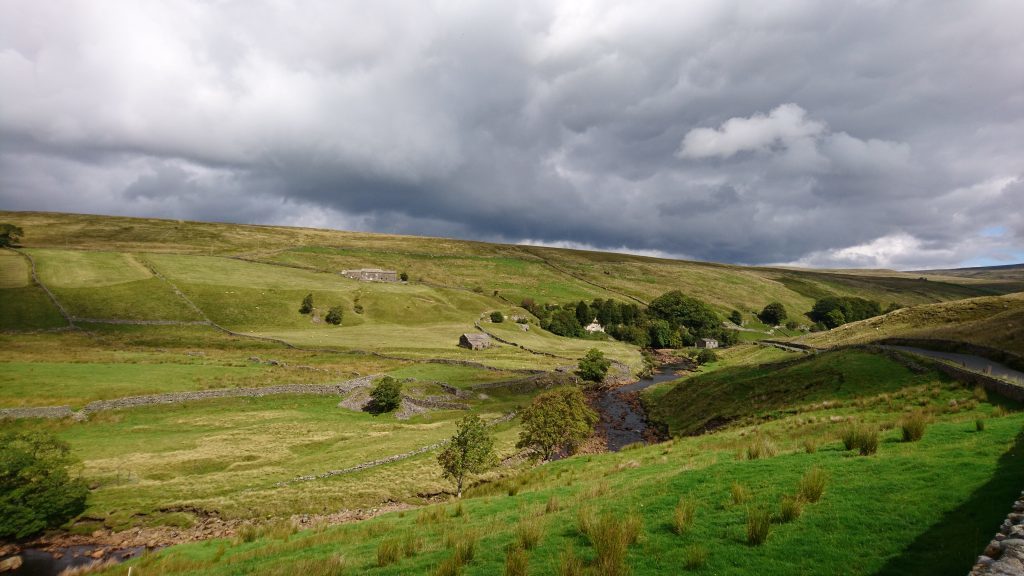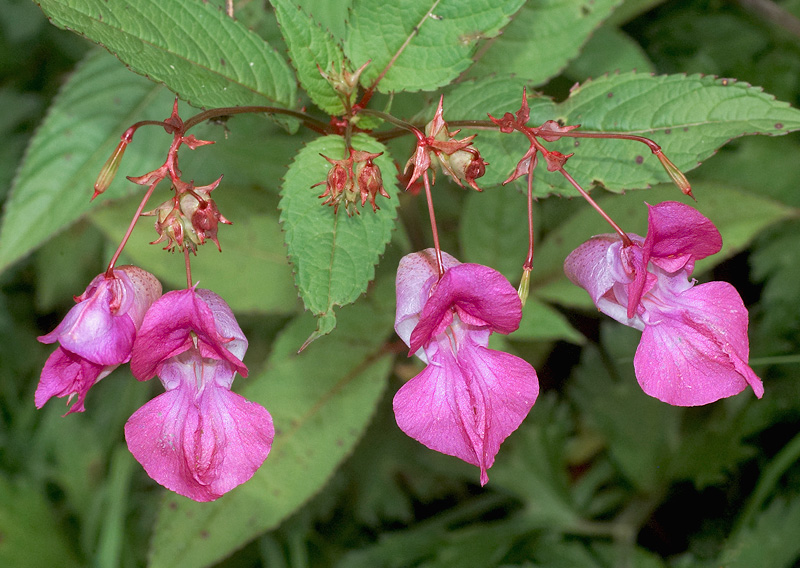News
Geopark at home 8
5 December 2024
Geopark at home
Activity 8 – adaptation art
Download a printable version of these instructions here.
To survive in a particular environment, an animal needs to be adapted to its surroundings. Over millions of years, the piece of Earth’s crust the North Pennines now sits on has been subject to many different environments. Discovering fossils can help to find out what lived in these environments. However, it is very rare to find a whole creature preserved as a fossil. We usually just have bits and have to imagine what these ancient creatures looked like.
You will need:
- Art and craft materials (it’s always good to reuse materials that you would otherwise be throwing away! Think toilet rolls, plastic bottles, cardboard boxes, etc.)
- Scissors
- Glue/tape
- Paper
- Coloured pens/pencils
- Printer (optional)
What to do:
Choose which environment you would like to your creature to live in, shown further down this page.
Design your creature on paper first and think really hard about what adaptations your creature will need to survive in its environment. Will you creature need to breath underwater and be a good swimmer? What’s the climate like where your creature lives – is it hot or cold? Will it need to be able to move fast away from predators, or have big claws to catch its prey?
Once you think you have designed a perfectly adapted creature, take your drawing and make it 3D. Don’t forget to give your creature a cool name!
(Optional) Print off the picture of the environment to use as a backdrop for your finished creature.

What’s going on?
The bit of the Earth’s crust that is now the North Pennines has very slowly moved across the surface of the planet over hundreds of millions of years, and the climate around it has also changed. The rocks and fossils we see today were formed as the environment changed over time. Shallow, tropical seas formed limestone, enormous river deltas caused sandstone and shale to form, coal formed in swampy forests, red sandstone formed in deserts and at one time it was all buried under ice!
Living things have to be well adapted to the environment they live in in order to survive. When the environment changes, animals might spread to new places, slowly change to suit the new environment over lots of generations, or go extinct. Fossils of plants and animals can help us to tell what the environment was like.

Download printable versions of some different environments here:
Swampy forest illustration (c)NPAP/J.Atkinson
Shallow sea, desert and tundra illustrations (C)NPAP/E.Pickett
Take it further:
- Try designing a creature for a different environment.
- What do you think would happen to your perfectly adapted creature if the environment changed?
- Can you design a creature with adaptations allowing it to survive in more than one environment? What about a creature that can survive in all the environments?
- Are there any other environments you could design creatures for?
Share your pictures or comments on Facebook or Twitter, and let us know if you enjoyed this Geopark at home activity.
Facebook: https://www.facebook.com/NorthPenninesAONB
Twitter: https://www.twitter.com/NorthPennAONB














